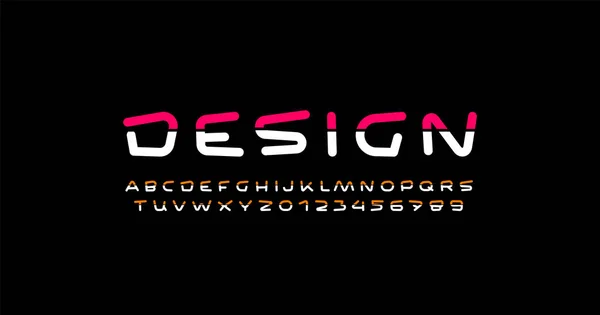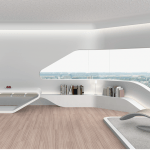The components of magazine typography
There are five, rule components in norm, magazine article typography. As a matter of some importance, the Title. This is trailed by the Standfirst, then, at that point, the Principal Para and afterward we are into the article’s Body Duplicate. Inside the body duplicate, we utilize a gadget in among the paras called a Subhead or Crosshead.Magazine typography is intended to catch the consideration of the peruser and bring them into the article. The title gets the eye, then the standfirst entices with a summary of the juiciest items. The principal para styling, frequently with a drop cap and once in a while with first line stying, effectively directs the peruser into the beginning of the article legitimate.

A subhead goes here
The subheads capability both as little seducers and as bookmarks. They are the cherries on the cake, welcoming the peruser to plunge into the substance under them and furthermore filling in as signs to assist the peruser with exploring the article.
A ‘pull-quote’ is a gadget for enticing the peruser into the story
The subheads additionally serve the article up in reduced down segments. A full page of plain text is scary, the peruser still up in the air to handle it. Likewise, pull-quotes (also known as ‘call-outs’) present scrumptious titbits and separate the body duplicate. Typography is tied in with making articles simple to peruse and these stunts have persevered for such a long time since they function admirably. Which makes one wonder, for what reason don’t sites utilize them?
From web offset to the web on the web
At the point when the internet showed up with the fresh out of the box new idea of web based distributing, it was extraordinarily restricted. During the 1990s, we had scarcely about six text styles that we could utilize, picked for us by software engineers. We didn’t have Comic Sans in those days.
The act of typography contains a few long-laid out conventions which function admirably on our eyes, not just due to the idea of the plan but since we’re so used to them. To be sure, typography as a plan originates before type as an innovation. Priests were doing expand things with enlightened letters as soon as the eighth 100 years, and the training has persevered through the development of printing and the web, as the ‘drop capital’.










